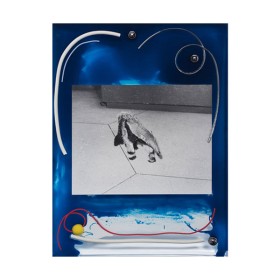- Visit
- Art & Artists
- Events & Learning
- Membership
- Donate
WINNER
Lisa Oppenheim
Lisa Oppenheim was born in 1975 in New York City, where she lives and works. Oppenheim’s photographs and videos, including those that are a part of the Aimia | AGO Photography Prize 2014 Exhibition, are composed of images and materials from the recent and not-so-recent past that she re-processes and transforms through various historical and contemporary techniques. Her process often begins online, where she sources images and objects that she reinterprets photographically using both analogue and digital technologies. Through this approach, the process itself becomes source material, as Oppenheim gives photographic images new forms and new contexts. Recent solo exhibitions include Forever is Composed of Nows, Kunsterverin in Hamburg; From Abigail to Jacob (Works 2004-2014), Kunstverein in Graz; and Heaven Blazing into the Head, The Approach Gallery, London. Oppenheim graduated with an MFA from The Milton Avery Graduate School for the Arts at Bard College in 2002.
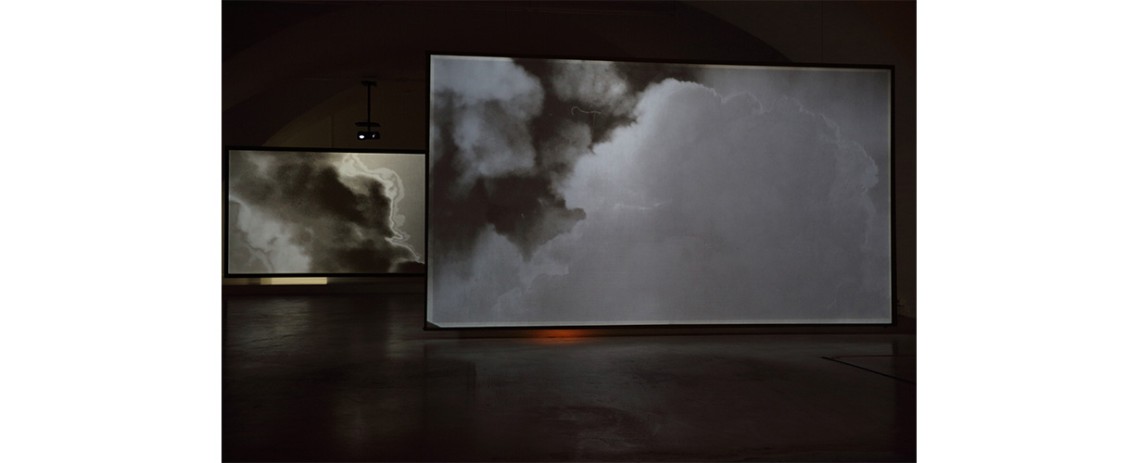
Lisa Oppenheim, Smoke, 2013. Two-channel video installation, looped. Dimensions variable. Courtesy of the artist and The Approach, London
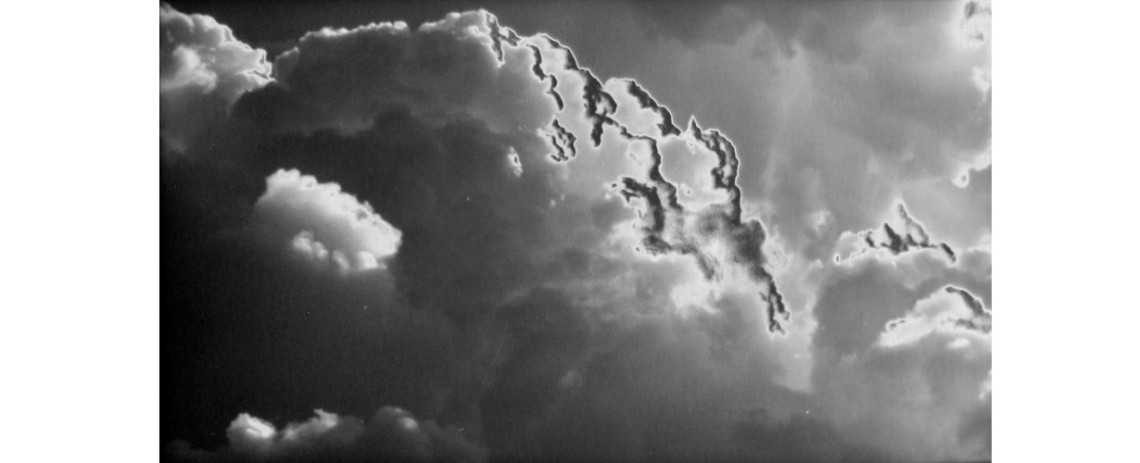
Lisa Oppenheim, Smoke, 2013. Video still. Dimensions variable. Courtesy of the artist and The Approach, London
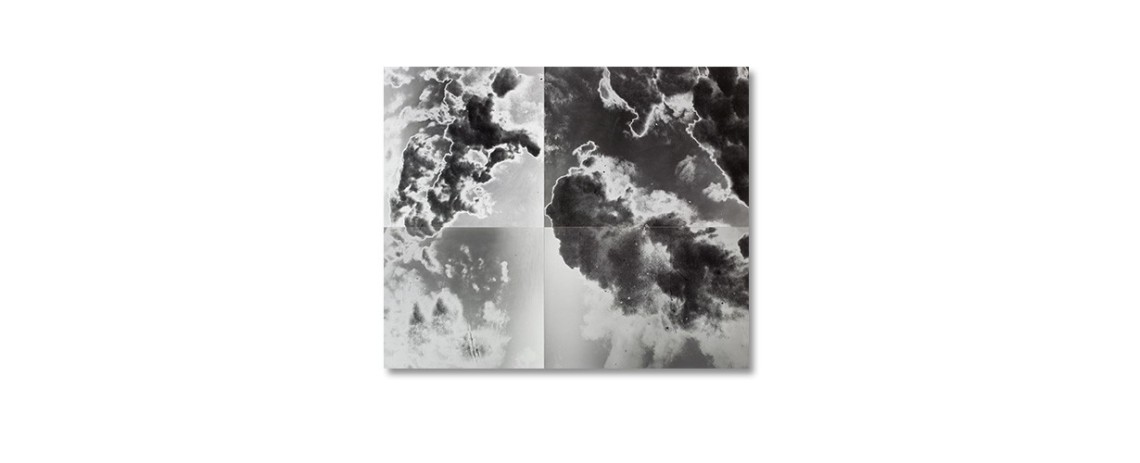
Lisa Oppenheim, Man holding large camera photographing a cataclysmic event, possibly a volcano erupting, 2012. Gelatin silver print, exposed and solarized by fire light. 83.5 x 100.5 cm
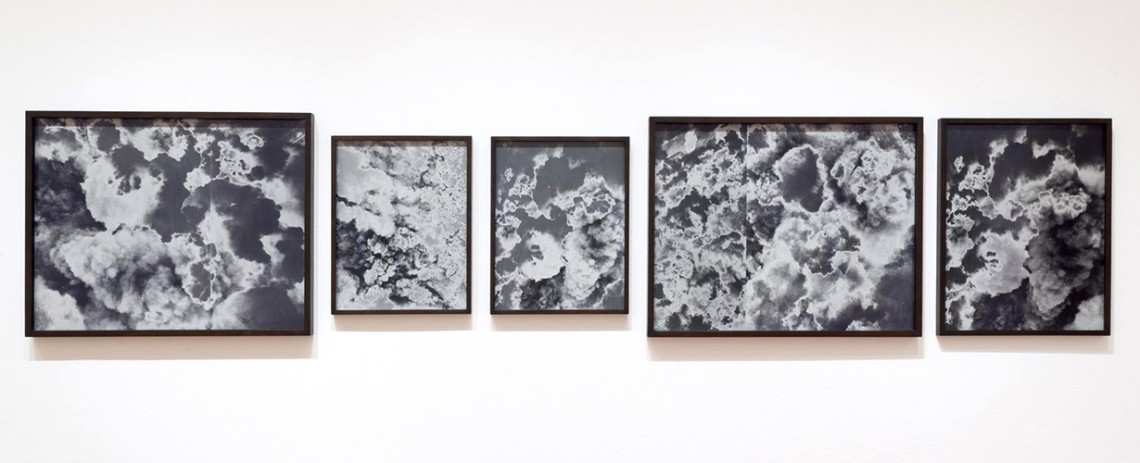
Lisa Oppenheim, Installation View, New Photography, 2013. Museum of Modern Art, New York
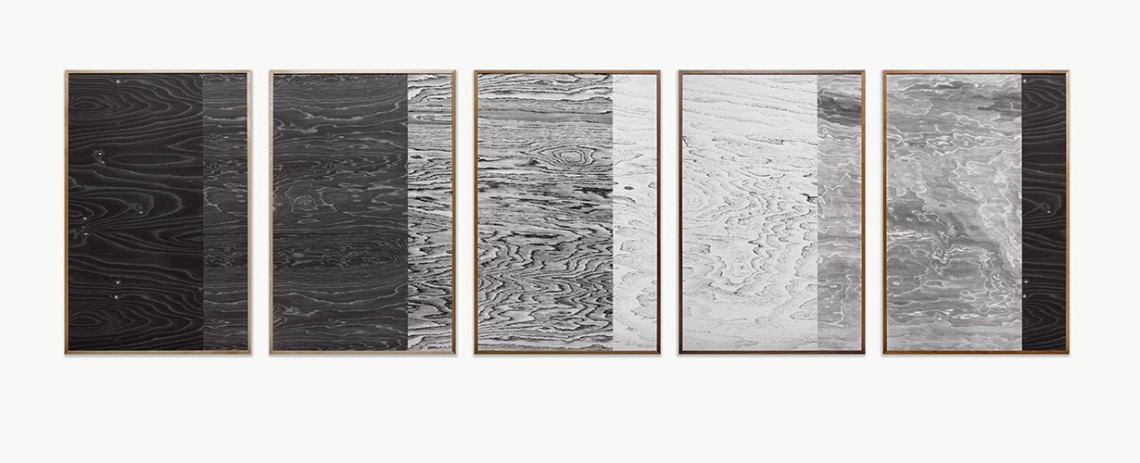
Lisa Oppenheim, Landscape Portraits (Some North American Trees), 2014. Gelatin silver prints, wood frames. 101.6 x 76.2 cm each. Courtesy of the artist and The Approach, London
Short List
David Hartt
David Hartt was born in Montreal and currently lives and works in Chicago. In his installations, which include photographs, videos and sculptures, he explores how physical spaces reflect the ideas and beliefs of a particular time and place. By investigating the materials, symbols and histories that shape our surroundings, Hartt calls attention to the ways our built environments exist and evolve. After extensive research and site visits, he distils this material into complex and elegant installations.
David Hartt, The Republic, 2014. Courtesy of the artist and David Nolan Gallery, New York
Elad Lassry
At the centre of Israel-born, Los Angeles-based artist Elad Lassry’s work is the question: “What is a picture?” His practice suggests that the photograph is an elusive “unit.” Lassry uses multiple aesthetic modes and technologies to create analog images, digital interventions, moving pictures, design applications and applied arts that seem utilitarian but produce complex visual sensations. His ongoing investigation leads him to refer back to and experiment with a variety of visual sources – textbooks, manuals, film stills, marketing materials and science texts – which at turns contradict and play off one another in his work. Lassry uses this dynamic to pinpoint what he calls a “contemporary condition” in which the photograph is a flexible entity, seductively powerful and yet untrustworthy. “Once the photograph is not what it appears to be,” Lassry asks, “what else is at stake?
Elad Lassry, Untitled (Anteater), 2014. Black Balloon Archive. Courtesy of the artist and White Cube, London
Nandipha Mntambo
Nandipha Mntambo was born in Swaziland and lives in Johannesburg. She originally trained as a sculptor and then expanded her practice to include photography, performance and video. Her work investigates such dualities as male and female, attraction and repulsion, animal and human, European and African. Mntambo makes sculptures from cowhide, using her own body to mould the forms. In many of her videos and photographs, she appears wearing her sculptures, suggesting our capacity as individuals to shape the world around us, while also highlighting the forces that form us, including notions of race, gender and history.
Nandipha Mntambo, PRAÇA DE TOUROS I, 2008. Courtesy of Stevenson, Cape Town and Johannesburg
JURORS
Okwui Enwezor
Okwui Enwezor is a Nigerian-born, German-based scholar, curator, and writer and has been director of Haus der Kunst since October 2011. He was adjunct curator at International Center of Photography, New York, and previously adjunct curator of Contemporary Art, at the Art Institute of Chicago. Enwezor has served as the artistic director of several leading biennials and international exhibitions and in December 2013 he was appointed as director of the Visual Arts Sector of the 56th Biennale di Venezia. Enwezor’s curatorial credits include exhibitions presented in museums and venues across the U.S., Europe, Asia, Africa, and Latin America, including Guggenheim Museum, Tate Modern, Art Institute of Chicago, Museum of Contemporary Art Barcelona, Museo Tamayo, Mexico City, Palais des Beaux Arts, Brussels, PS1 / MoMA, New York and the National Gallery of Canada. Enwezor has received numerous awards and honors for his work including an honourary fellowship from the Royal College of Art, London (2010) and an award for Curatorial Excellence from Center for Curatorial Studies and Art in Contemporary Culture, Bard College (2009). He lives in Munich and New York.
Laurie Simmons
Laurie Simmons stages photographs and films with paper dolls, finger puppets, ventriloquist dummies and costumed dancers as “living objects,” animating a dollhouse world suffused with nostalgia and colored by an adult’s memories, longings, and regrets. Simmons’ work blends psychological, political, and conceptual approaches to art-making, transforming photography’s propensity to objectify people, especially women, into a sustained critique of the medium. She has received many awards, including the Roy Lichtenstein Residency in the Visual Arts at the American Academy in Rome (2005), and fellowships from the John Simon Guggenheim Memorial Foundation (1997) and the National Endowment for the Arts (1984). She has had major exhibitions at the Museum of Modern Art, New York; Baltimore Museum of Art; San Jose Museum of Art, California; Walker Art Center, Minneapolis and she has participated in two Whitney Biennial exhibitions (1985, 1991) and was included in the 2013 Venice Biennial. Her work is represented in many noted collections including the Los Angeles County Museum of Art; the Metropolitan Museum of Art, New York; the Art Institute of Chicago; the Solomon R. Guggenheim Museum; and the Whitney Museum of American Art, New York, among others.
Sophie Hackett
Sophie Hackett is the Curator, Photography, at the Art Gallery of Ontario (AGO) and adjunct faculty in Ryerson University’s master’s program in Film and Photography Preservation and Collections Management. She continues to write for art magazines, international journals and artist monographs, including “Queer Looking: Joan E. Biren’s Slide Shows” in Aperture (spring 2015) and “Encounters in the Museum: The Experience of Photographic Objects” in the edited volume The “Public” Life of Photographs (Ryerson Image Centre and MIT Press, 2016). Hackett’s curatorial projects during her tenure at the AGO include Barbara Kruger: Untitled (It) (2010); Songs of the Future: Canadian Industrial Photographs, 1858 to Today (2011); Max Dean: Album, A Public Project (2012); What It Means To be Seen: Photography and Queer Visibility and Fan the Flames: Queer Positions in Photography (2014); Introducing Suzy Lake (2014); and Outsiders: American Photography and Film, 1950s–1980s (2016). In 2017, she was a Fellow with the Center for Curatorial Leadership. She is the lead juror for the 2017 Aimia | AGO Photography Prize, a role she also held in 2014, 2010 and 2012.
Supported by
Supported by



